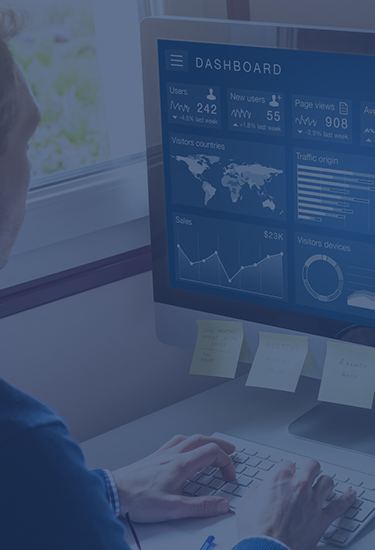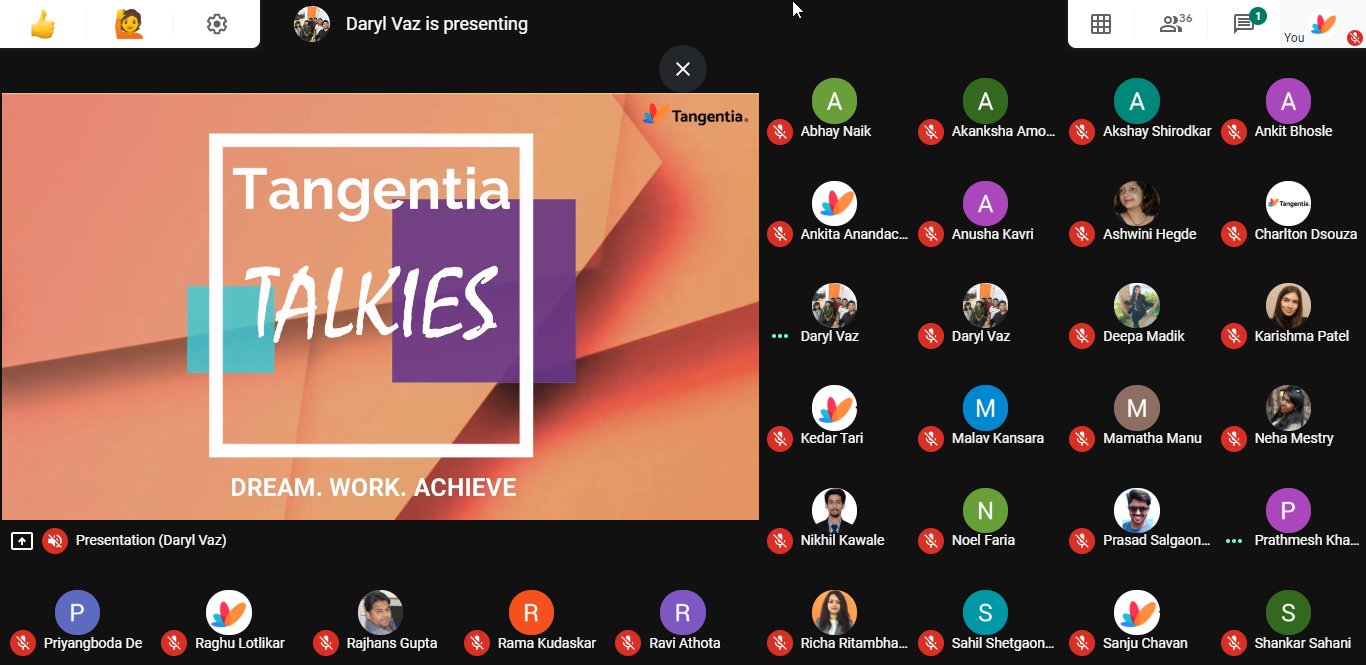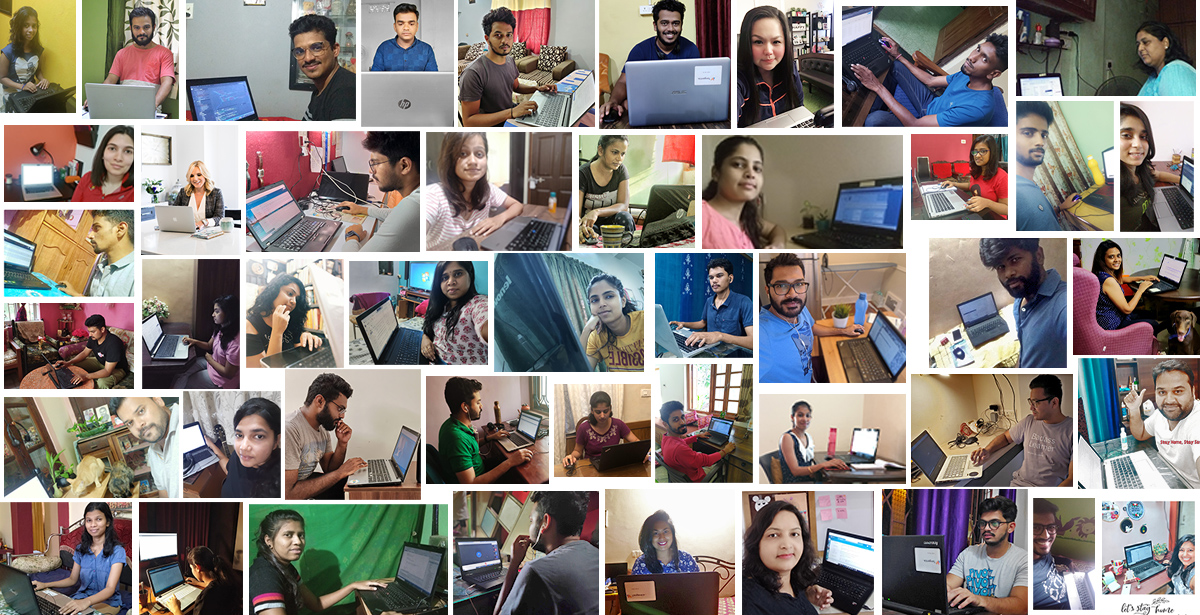When it comes to your company’s supply chain, one of the most common weak links is inventory management. There are very few businesses that handle their inventory management well. Typically, retail businesses face problems scaling up their inventory management systems as they grow.
As your business grows, efficient inventory practices become more and more worth investing in. Retail companies with poor inventory management can suffer from stock issues, slowed turnover times, and needing to order excess inventory to prevent running out of stock. Slow delivery and stock issues are a sure way to reduce customer satisfaction, so keeping these issues at a minimum is important.
How can retail companies improve their stock management and inventory processes? For most businesses, the answer is automation. Most inventory management issues stem from human error, inefficient practices, and incomplete item information. Automation resolves all these issues. It is intrinsically efficient and requires complete item information, and eliminates human error.
So, how can your business get started with inventory automation? The process isn’t as difficult as you might think. Just-in-Time Inventory (JIT), Electronic Data Interchange (EDI), and Robotic Process Automation (RPA) are a few strategies that you can utilize onto your supply chain to be well on the way to an optimized system.
What Is Just-in-Time (JIT) Inventory?
JIT inventory is a way to decrease waste and increase the efficiency of your supply chain. With JIT, your supply chain only receives goods as they become needed.
Pros of JIT?
JIT keeps your business at maximum efficiency. By having goods on hand only when they’re needed, you can keep your supply chain operating smoothly without needing to worry about long-term storage of stock.
Maintaining JIT inventory reduces the amount of waste your supply chain produces from leftover, unused goods. It also keeps the investment into your supply low, as you don’t need to stock more goods than you need.
Cons of JIT
While JIT keeps your business on top of its efficiency when supply is readily available, it can cause your business to suffer greatly from issues farther down the line of the supply chain.
Since you don’t keep a stockpile of the goods your supply chain uses, if they suddenly become scarce or expensive, your business might unexpectedly run out of stock. You might also end up needing to buy overpriced stock.
What Is Electronic Data Interchange (EDI)?
In general, Electronic Data Interchange is simply the technical term for two computers communicating with each other. In the context of the supply chain, EDI is a way to get a full digital picture of your electronic transaction exchanges with your customers, as well as your inventory.
Pros of EDI
Many supply chain issues, such as inventory shortages and surpluses, happen because of a lack of inventory visibility. EDI allows you to keep track of all your inventory in one centralized location, making it easy to track and prevent inventory errors.
With EDI, it’s also much easier to manage more complex inventory processes, such as multichannel sales. The more complicated the process, the more likely it is for human error to occur.
Having a guarantee that all of the information about your inventory is accurate allows you to make supply decisions with the big picture in mind. Overall, EDI improves almost all aspects of the inventory management process.
Cons of EDI
EDI can be hard to adjust for your supply chain to work around, especially if it is a legacy EDI system that is in place. This is especially the case for rapidly growing businesses, which don’t usually have particularly well-optimized supply chains.
If your inventory isn’t well-suited to EDI, it can take some work to get full value out of the EDI system. You may need to overhaul some of your inventory processes altogether.
What Is Robotic Process Automation (RPA)?
RPA is a way to increase the efficiency of your inventory management by replacing human operators with various digital systems. With an RPA system, the computer essentially uses itself by means of a virtual operator, called an RPA robot.
RPA robots have a wide array of functionalities and are able to completely replace human users for many applications. They can perform tasks such as moving and collecting data from various sources, as well as process data by performing calculations.
Pros of RPA
RPA can allow for quite a lot of inventory management automation, sometimes up to 90%. In general, processes that can be automated should be, as humans are almost always slower than an RPA robot. RPA robots can drastically increase the efficiency of your inventory management processes.
Like EDI, RPA removes the human element from many processes. In particular, RPA robots can handle data entry, data processing, and other repetitive tasks easily, with a 0% rate of error. This gives them a sizable advantage over humans, who are unable to focus on these tasks for as long.
RPA systems can also keep running overnight, giving them yet another advantage over human operators. Overall, RPA is almost guaranteed to provide a large boost to your business’s supply chain efficiency.
Cons of RPA
Like EDI, a proper RPA system is not trivial to implement. Rolling out an RPA project into your business’s inventory management or production environments actually has a good chance of failing at first. After some troubleshooting, you will likely start getting full value out of the RPA system.
Tying It All Together
Automation is a great way to increase efficiency and eliminate errors within your inventory management process. It can’t do the job on its own, though: if you want to optimize your inventory management, you should use a combination of JIT, EDI, and RPA.
How JIT, EDI, and RPA Complement Each Other
On their own, these three methods of optimizing your inventory are sure to increase your efficiency significantly. When put together, though, they are more than the sum of their parts.
The biggest weakness of JIT is that it’s prone to human error. Improper data entry can result in an unexpected stock outage of your product. EDI and RPA prevent this by removing the capacity for human error in the majority of the inventory management operation.
On the other hand, EDI and RPA can suffer from bottlenecks. It doesn’t matter how efficient your data processing is if your business is bogged down by extra costs relating to storage or other inefficiencies. JIT helps alleviate this bottleneck by increasing the efficiency of your business outside of data processing.
Can I Have JIT or EDI Without RPA?
While JIT, EDI, and RPA are tools that are best used together, they can be used individually to great effect. You should make sure you’re on the lookout for the potential issues with using these tools.
So as long as you build your inventory management process around the tools you’re using—you should be able to work around JIT, EDI, and RPA’s various weaknesses. Overall though, we recommend trying to implement all three inventory management tools, as they work best in tandem.
An Investment in JIT Is an Investment in Efficiency
If your business has been growing and you’re having trouble handling demand for your products, the solution may not be to expand and spend more. Oftentimes, it’s much more budget-friendly and effective to invest in ways to improve your efficiency than expand your flawed, existing system.
When it comes to improving the efficiency of your supply chain, the best way is with automation. JIT, EDI, and RPA are all easy-to-implement forms of automation that are designed to provide you with a quick return on investment. Once you have these systems in place, you’ll find that your inventory management model is much more scalable.
If you’re interested in learning more about JIT, EDI, or RPA, feel free to contact us today to find out how these tools can help your business be the best it can be.
Get Started Today
Tangentia is a Platinum Partner of IBM and well as partners with Automation Anywhere, UI Path, Blue Prism, Adobe, Microsoft, Salesforce, Amazon and leading enterprise software vendors. We work with customers globally with offices in Canada and India to implement their RPA strategies using an agile methodology.
Read Now





















































